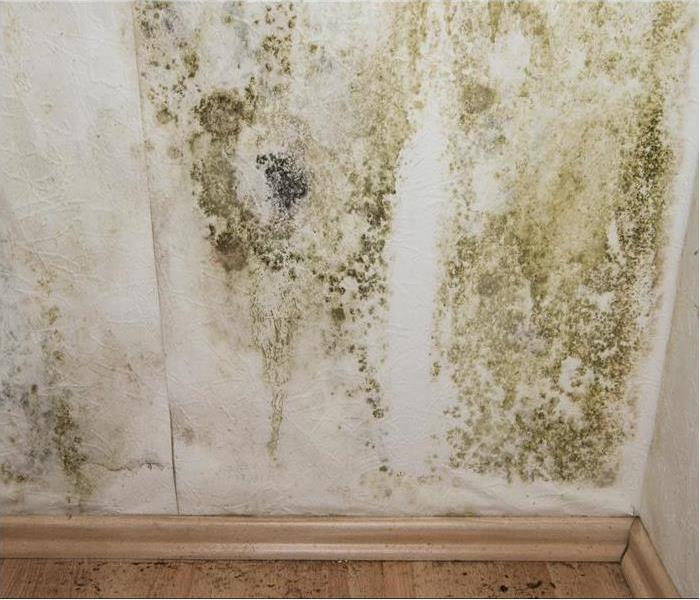What To Do If You Smell Mold But Don't See It
7/31/2022 (Permalink)
Mold growth is a common problem, so it is no surprise to find the fungus growing in commercial buildings in Oxford, OH. Unfortunately, in some cases, you may have an infestation long before it becomes noticeable. When this happens, the first sign will likely be a mold smell. If your building begins to smell musty, there might already be a significant amount of growth.
Why You Might Smell Mold But Not See It
When you have a mold smell in the building but don’t see anything out of the ordinary, the most likely reason is that the mold is growing in a hidden area. This can include the following:
- Inside walls
- Beneath flooring or carpeting
- Inside drains and other plumbing fixtures
- Inside upholstered furniture or other fabric items
Although mold will sometimes appear as discoloration on surfaces, if it grows in areas such as these, you may only become aware of the growth because of the fungus smell. For this reason, you should not ignore any unpleasant odors that you notice in your commercial building.
How You Should Handle It
If you notice a mold or mildew smell, particularly if there are no visible signs of growth, one of the first steps you should take is to hire a mold remediation company to perform an inspection. Because these professionals have the necessary experience and equipment, they will be able to locate any growth much more quickly and easily than if you were to take on the task yourself. If mold is found, they can then perform removal and cleanup to remove the odor from the building. Once the growth has been removed, you will need to take certain precautions, such as cleaning regularly and reducing moisture, to prevent the mold from returning.
Even if you cannot see any problems, a mold smell in your building will more than likely indicate some kind of fungal growth. It is best not to ignore any musty odors, as mold can spread quickly when not removed right away. Maintaining your building once the mold is removed will help prevent future infestations.




 24/7 Emergency Service
24/7 Emergency Service
